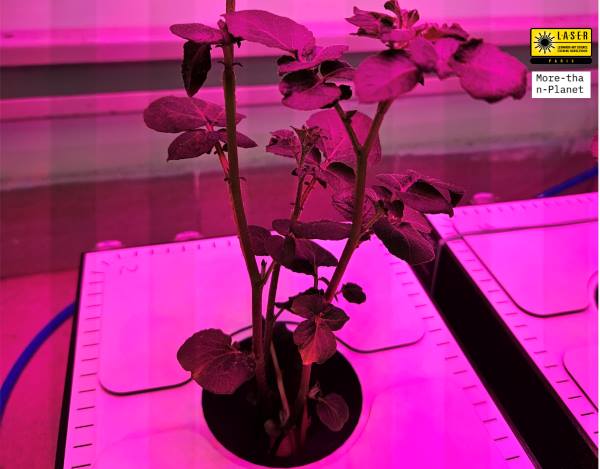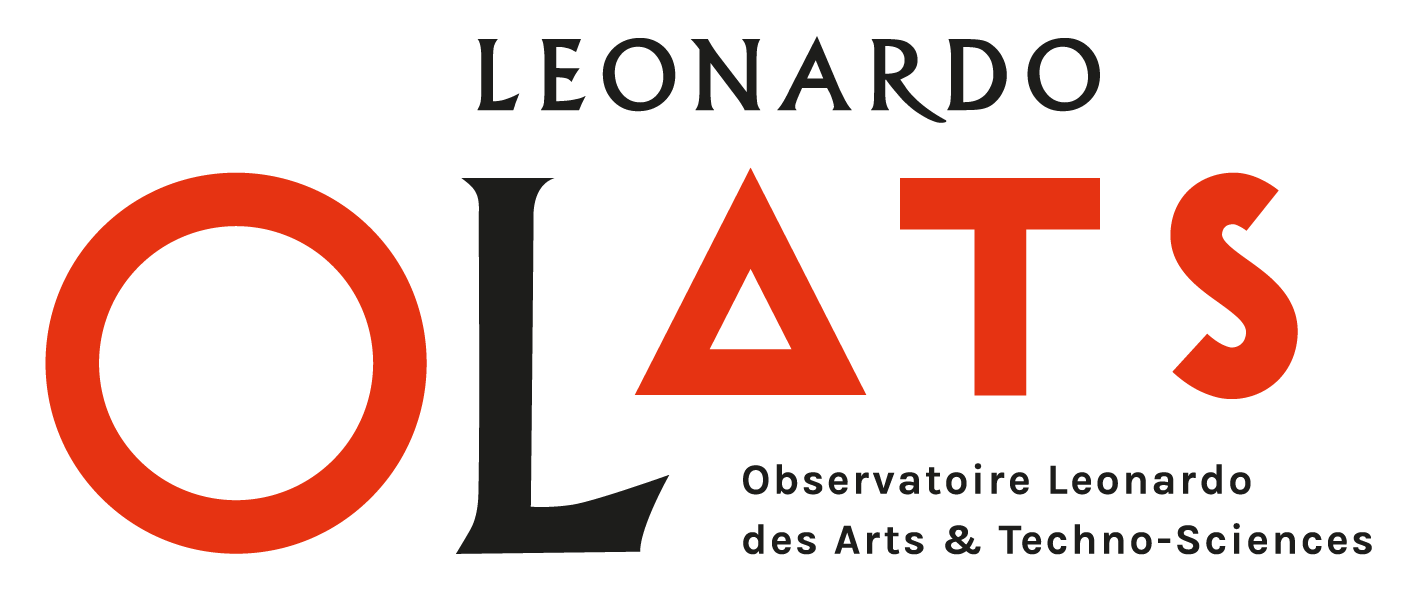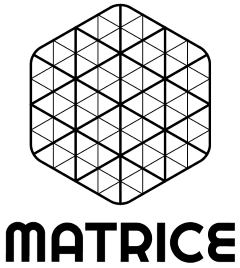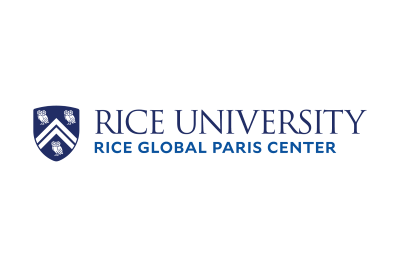
LASER TALKS IN PARIS: ANOTHER PLANET
"Another"planet: Another one or ours? Between astrobotanics and mining, about some constraints and issues in extra-terrestrial space and in our understanding of our home planet.
Terraformation, astrobotany, life support system, mining and extreme environnements, calling thoses themes into the discussion "Another Planet" takes a double gaze approach at the relationships between a planetary “elsewhere” and the “here” of our terrestrial reality.
with Luis Campos, Chloé Audas, Michèle Boulogne, Antti Tenetz
Chaired by: Annick Bureaud
EVENT INFO
When: Thursday March 14th 2024 / 19h00 / CET, Find your timezone here
Where: Matrice - 146 bd de Charonne 75020 Paris - France
Website: https://www.olats.org/laser-paris/ & https://www.olats.org/une-autre-planete/
Free admission registration required on https://vu.fr/voWPV
The presentations of Chloé Audas and Michèle Boulogne take place in French.
PROGRAMME I SPEAKERS BIOS
> Luis Campos, historien des sciences, Université Rice (Houston, Texas, USA) // Ascensions and Astrobotany: Islands in the Sky
Even before imagining terraforming another planet by processes that sometimes look unlikely, we have modified our planet but also studied how plants living in difficult areas could become candidates for space travel.
Lost in the middle of the Atlantic, Ascension Island became a NASA tracking base for the Apollo missions. But before that, in the 19th century, when it was arid, without trees and fresh water, it has been the subject of experiments to make it more welcoming by the introduction of trees and vegetation.
The story of habitability, ascending from life on earth into space, is a logic of life escaping human control and design in confined environments. It is on the one hand the story of Ascension, of this self-contained biosphere, and of other later ascensions into space: in the thought of life that might come to exist elsewhere, either in artificial seedling biospheres we might compose for ourselves and our own habitation in endless orbit (indeed, one of the first things NASA did on Ascension was to create an aquaponics farm), or in the happenstance worlds of biological abundance that might emerge on extraterrestrial elsewhere —a possibility first made observationally manifest in the field of Soviet astrobotany. The interrelations of lost oceanic islands and newfound islands of life in the sky are inextricable as we travel from Ascension to astrobotany.
> Chloé Audas, Head of the MELiSSA project, (ESA/ESTEC, Noordwijk, The Netherlands) // MELiSSA Project: space research for sustainability
Are we going to eat salads in space? Or algae? What purpose do these organisms —plants, algae, bacteria and micro-organisms— serve in this extra-terrestrial elsewhere? To take care of the Earth?
MELiSSA (Micro-Ecological Life Support System Alternative) is the European project for circular life support systems. Inspired by a terrestrial ecosystem, the project was created to gain knowledge about regenerative systems, aiming for the highest degree of autonomy in space. MELiSSA thus aims to produce food, water and oxygen from waste produced during a space mission. Led by the European Space Agency and based on a large European industrial and academic consortium, the MELiSSA project has contributed significantly to our understanding of transformation processes and how they can be integrated into circular systems. MELiSSA is the ultimate example of a circular economy, but better resource management in space also paves the way for many circular solutions for our life on Earth.
> Michèle Boulogne, artist and designer, (Rotterdam, The Netherlands and Martinique, France) // Mining the Sky, the pursuit of finitude
"Digging, digging, that's all you know" could Zazie, the young heroin of Raymond Queneau, probably say today.
'Mining the sky, the pursuit of finitude' addresses the issues involved in transferring the terrestrial mining industry model to extraterrestrial environments, and more specifically to asteroids.
The artist draws a cartography of the ties and breakpoints between these two mining models, the telluric and the spatial, and their historical and potential consequences, developing the example of its impact on atmosphere as well as on fluctuations in the labour and value markets.
Through a visual narration tracing the history of these ores from the sky, Michèle Boulogne asks: where does terrestrial space begin and end? What does the notion of scarcity mean in astronomical space? What does the future hold for the continuation of the industry of finitude?
> Antti Tenetz, artist, researcher and curator, project manager of "More-than-Planet" for the Northern Photographic Centre, (Oulu, Finland) // Into the Void - Art in extreme environments? Space, mine, research station in sub-arctic wilderness, analog astronaut missions.
Is the future of space at the bottom of a deep mine? Not on the Moon or Mars but on Earth, in north-central Finland, Pyhäjärvi, the deepest mine in Europe, which exploitation ended in 2022, is becoming an area for researches of all kinds: physics laboratories, plants and fungi growing labs, experimental production of insects and fish, or analog environment for space programs trainings.
What art done in extreme environments can reveal to us? What role art and artists can have in deep mines and research station in sub-arctic wilderness, analog astronaut missions, in space research, satellites and in use of earth observation at boundary of biosphere?
How critically use and explore world shaping technologies on those extreme settings and build capacity to reveal signals, events and entities, hyperobjects, like global warming, environmental change of such vast dimensions that they defeat understanding?
> Moderator : Annick Bureaud
> Drinks and snacks after the presentations
> Audience announcements during the break (with registration)
> PopUp exhibition of selected elements of Mining the Sky by Michèle Boulogne (TBC)
Programme created by Leonardo/ISAST (www.leonardo.info), LASER (Leonardo Art Science Evening Rendez-vous, www.leonardo.info/laser) is a sharing of experiences around art-science projects in semi-formal meetings, outside the institutional framework.
LASER Paris of March 14th 2024 is organised by Leonardo/Olats in partnership with Matrice, centre for social and technological innovation (https://www.matrice.io/), with the support of Rice Global Paris Center (https://global.rice.edu/pariscenter).
SPONSORS:
LASER Paris"Another Planet" is part of More-Than-Planet project, an international cooperation project between Stichting Waag Society (NL), lead partner, Zavod Projekt Atol (SI), Ars Electronica (AT), Digital Art International ART2M (FR), Northern Photographic Centre (FI) and Leonardo/Olats (FR). Co-funded by the European Union.




146 bd de Charonne
Paris, 75020
France
